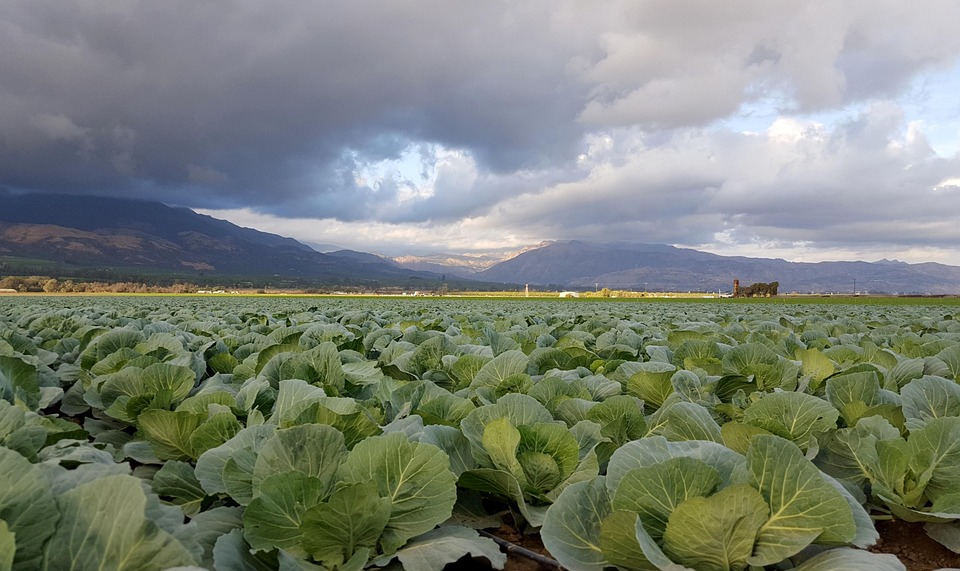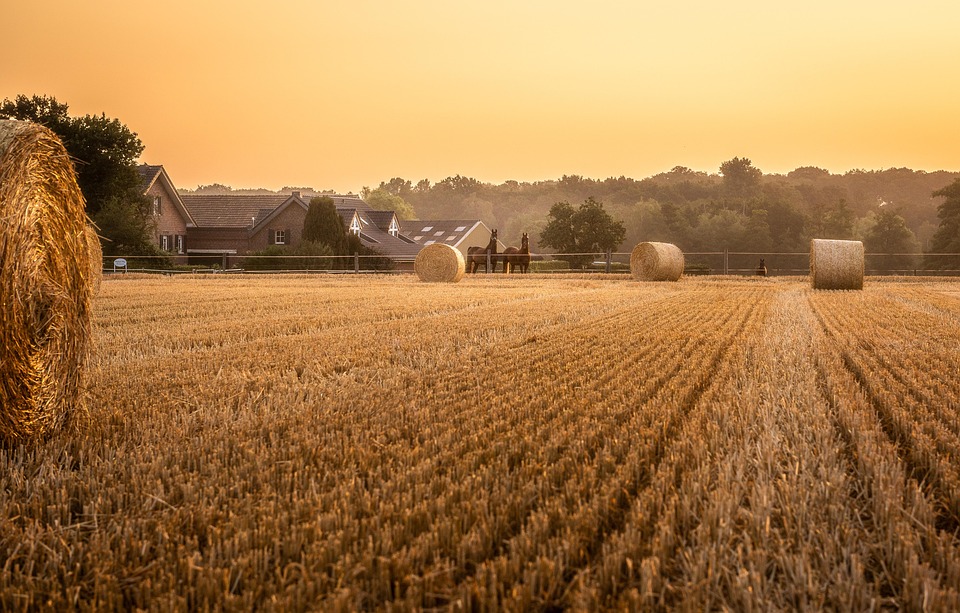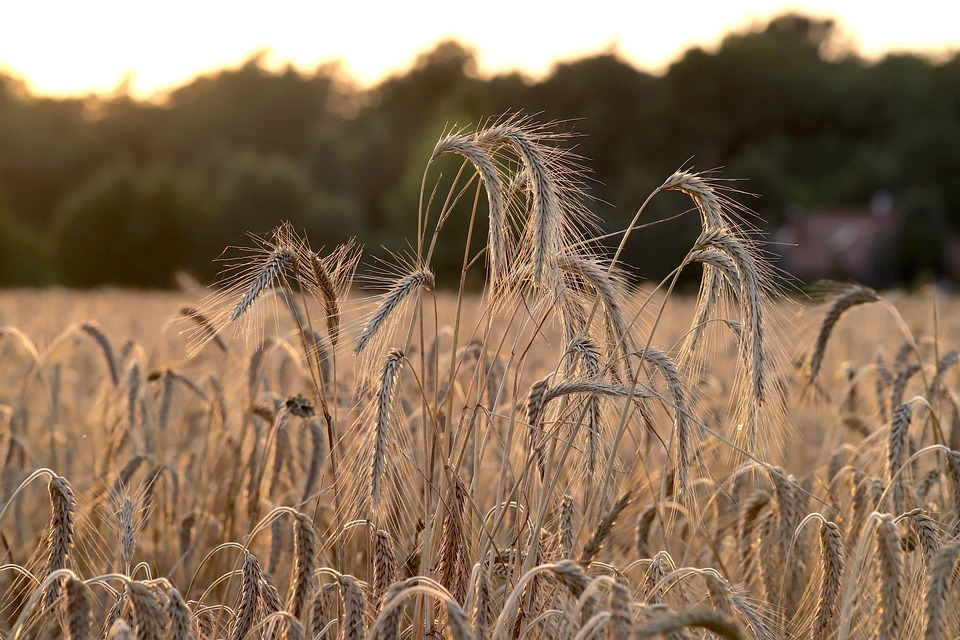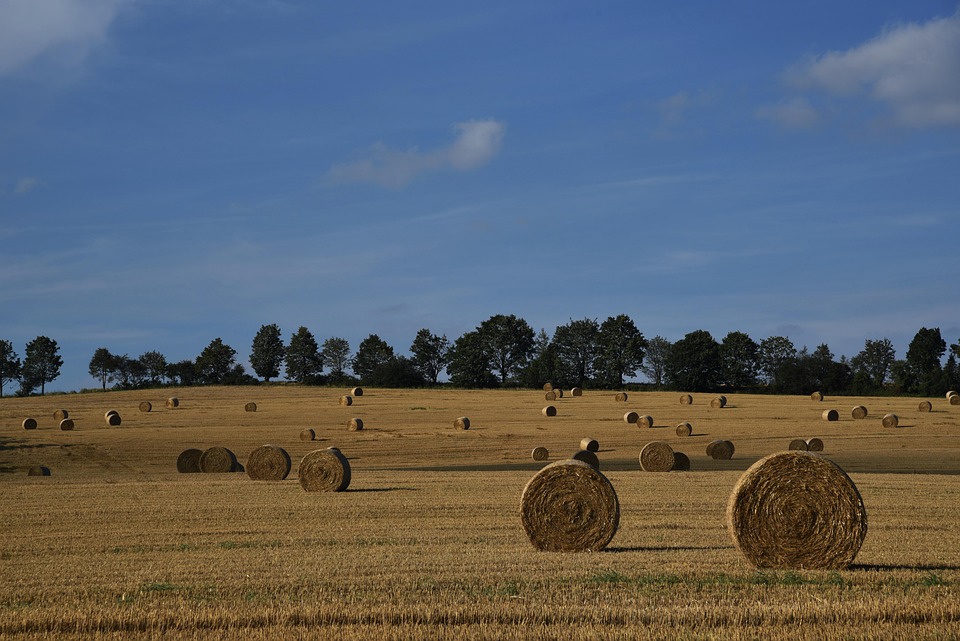**Permaculture Principles: Designing Your Garden for Sustainability**
### Permaculture Principles: Designing Your Garden for Sustainability There’s something deeply satisfying about working in a garden that thrives on its own natural harmony. Picture this: on a warm summer afternoon, I kneel among vibrant greens and fragrant herbs, bees buzzing nearby, and the sun pouring down like a golden blessing. Suddenly, my curious neighbor approaches, wondering how I grow such abundant produce without resorting to harmful chemicals or excessive watering. Little does she know, the secret lies in the magic of permaculture—a set of principles that can transform any garden into a self-sustaining oasis. In today’s fast-paced world, where convenience often takes precedence over sustainability, there’s a movement that encourages returning to our roots. Permaculture isn’t merely a gardening style; it’s a philosophy urging us to design our landscapes in harmony with nature, creating regenerative systems that nurture both our soil and our souls. Let’s explore the principles of permaculture and how to design a flourishing garden that respects ecological balance. ### What is Permaculture? Permaculture is a portmanteau of “permanent agriculture” and “permanent culture.” Coined by David Holmgren and Bill Mollison in the 1970s, the movement advocates for sustainable land use and ecological principles that mimic natural ecosystems. The goal? To create gardens that are productive, resilient, and capable of sustaining life without constant intervention. ### The Core Principles of Permaculture 1. **Observe and Interact** – The first step in designing a permaculture garden is observation. Spend time understanding your specific environment—its climate, soil type, existing flora and fauna, and water sources. Nature has its own “design” that has evolved over millennia; by observing it closely, you can learn how to work with it rather than against it. 2. **Catch and Store Energy** – Utilize the natural resources available to you. For instance, strategically placed rain barrels can capture rainwater for irrigation. Planting trees can provide shade, reducing water evaporation in your garden. By harnessing solar energy with strategic plant placement, you maximize growth while minimizing resource input. 3. **Obtain a Yield** – It’s essential to ensure that your garden produces a variety of food, herbs, and flowers. This doesn’t just provide sustenance; it also creates a balanced ecosystem of plants that support each other. Diversification is key: the more varied your plant life, the more resilient your garden will be. 4. **Apply Self-Regulation and Accept Feedback** – Pay attention to your garden’s performance. If a plant isn’t thriving, consider what it might be telling you about the soil, water, or light conditions. Feedback loops keep your garden in check and encourage adaptability, allowing you to amend practices as required. 5. **Use and Value Renewable Resources and Services** – Opt for natural materials and energy sources. Composting kitchen scraps reduces waste while enriching your soil. Utilizing perennial plants saves time and effort compared to annuals, allowing for more stability in food production. 6. **Produce No Waste** – In the world of permaculture, waste is an opportunity. Use every part of your plants. Kitchen scraps can become compost, coffee grounds can enrich your soil, and the fallen leaves can be a natural mulch. Reinventing waste into resources not only saves the environment but can significantly cut down on garden costs. 7. **Design from Patterns to Details** – Begin with the big picture. Understand the predominant patterns in nature—water flow, sunlight exposure, and plant relationships. Then fill in the details. This holistic view creates more efficient and effective gardens that align with natural systems. 8. **Integrate Rather than Segregate** – Think in terms of relationships. Companion planting isn’t just about keeping pests at bay; it’s about fostering an ecosystem where plants work together. For example, the classic trio of tomatoes, basil, and marigolds not only looks beautiful together but also enhances pest management and growth. 9. **Use Slow and Small Solutions** – Start small and allow for systems to evolve organically over time. Intensive methods often lead to burnout and overwhelm. Focus on a small plot of land before expanding, allowing your learning to guide the development of your garden sustainably. 10. **Value Diversity** – Just as in nature, diversity in your garden encourages resilience. A mix of annuals, perennials, and native plants creates a thriving ecosystem. Plant a variety of species to not only attract beneficial insects but also ensure that if one crop fails, others will still thrive. 11. **Use Edges and Value the Marginal** – Edges are where diversity thrives. Design your garden to include a variety of microclimates by incorporating edges, such as raised beds, perennial borders, or even hedgerows. These areas are hotspots for biodiversity, offering unique conditions for various species to flourish. 12. **Creatively Use and Respond to Change** – Nature is in constant flux. Factors such as climate change, urban development, and ecological shifts demand adaptability. Your garden too should be resilient, equipped to handle change through wise decisions based on what works best in given circumstances. ### Designing Your Garden for Sustainability Now that we’ve covered the principles, how do we start designing a sustainable garden? #### **1. Start with a Site Assessment** Before planting anything, take time for a thorough site assessment. Analyze your landscape’s sun exposure, wind patterns, soil type, existing plant life, and drainage features. This foundational knowledge will guide your decisions later on. #### **2. Create Zones** Designate areas for productivity, leisure, and wildlife. Zones are key in permaculture as they help you utilize energy effectively. For example, keep frequently used herbs and vegetables close to your kitchen (Zone 1) while allowing your fruiting trees and larger crops to occupy further zones. #### **3. Plan for Water Management** Think about how to naturally capture and utilize water in your garden. Construct swales or rain gardens to slow down runoff, allowing water to seep into your soil. Incorporate features like ponds or rain barrels where appropriate. #### **4. Choose Companion Plants Wisely** Research and plant companions that thrive together. Some combinations, like carrots and onions or cucumbers and amaranth, will not only enhance growth but also deter pests.










